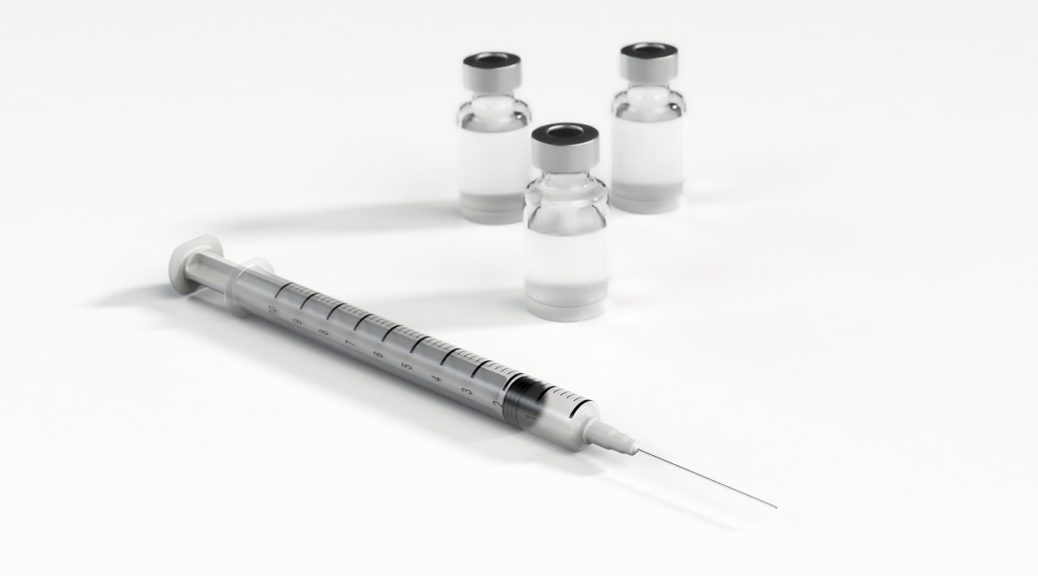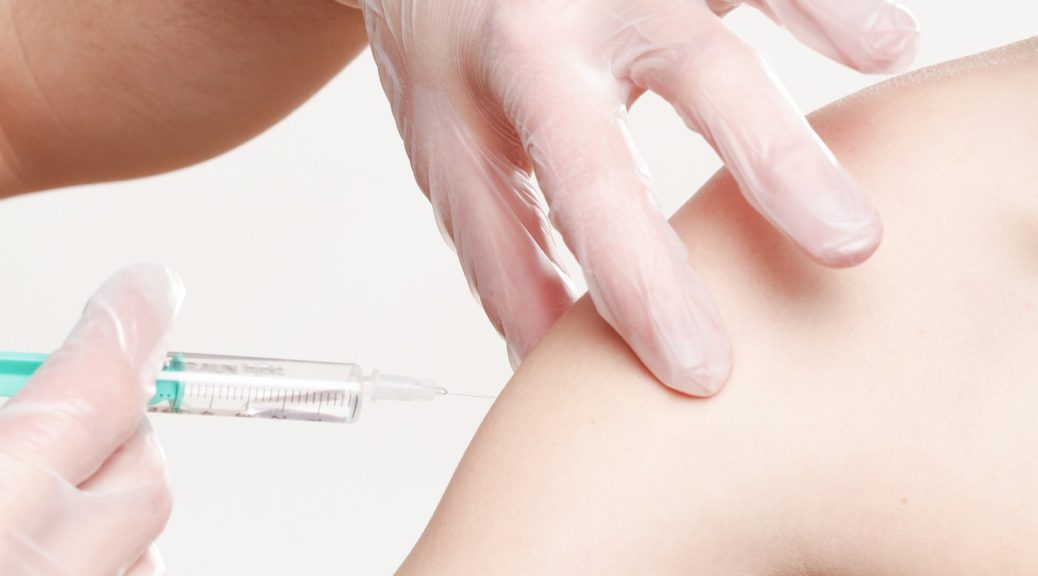Mothers’ Support for Laws Restricting Indoor Tanning by Minors
The Health Chat research team published some findings related to indoor tanning from their Facebook-delivered cancer risk reduction intervention and randomized trial with mothers and teen daughters as an abstract in the Annals of Behavioral Medicine. The research team would have presented the work at the 41st Annual Meeting and Scientific Sessions of the Society of Behavioral Medicine in San Francisco, had the conference been held as planned.
Indoor tanning is associated with increased risk for melanoma, especially in young women. Several states restrict indoor tanning by minors or require parental permission. The authors of this abstract hypothesize that mothers’ awareness of state laws related to indoor tanning by youth may reduce their permissiveness for daughters to use tanning facilities.
A total of 777 mothers (and their daughters) from 34 states that do not ban indoor tanning participated in the trial. Less than 20% of mothers (and fewer daughters) accurately reported whether their state has an age restriction or parental permission requirement for minors to indoor tan. More than 50% of the mothers supported banning indoor tanning by minors. However, the mothers reported varying levels of advocacy that they would be willing to demonstrate related to enacting state-level policy to restrict indoor tanning by minors (e.g., sign a petition, contact an elected representative, testify to a state legislative committee).
The authors conclude that: “Efforts to inform mothers and daughters may be needed to create a norm against indoor tanning, to prevent moms from permitting indoor tanning by daughters, and to build support for further restrictions on minors’ access.”
This research is funded by a grant from the National Cancer Institute (CA192652; Dr. David Buller, Klein Buendel, and Dr. Sherry Pagoto, University of Connecticut, Multiple Principal Investigators). Co-authors include Dr. Katie Baker, Dr. Joel Hillhouse, and Jessica Bibeau from East Tennessee State University; Dr. Kim Henry from Colorado State University; and Dr. Barbara Walkosz and Julia Berteletti from Klein Buendel.



